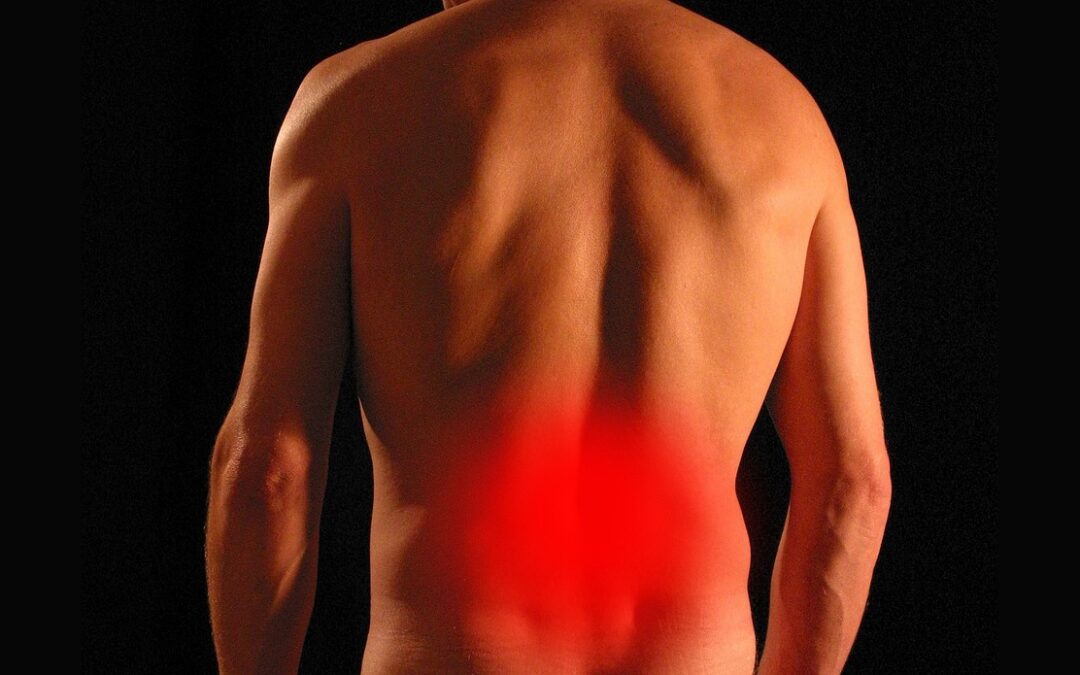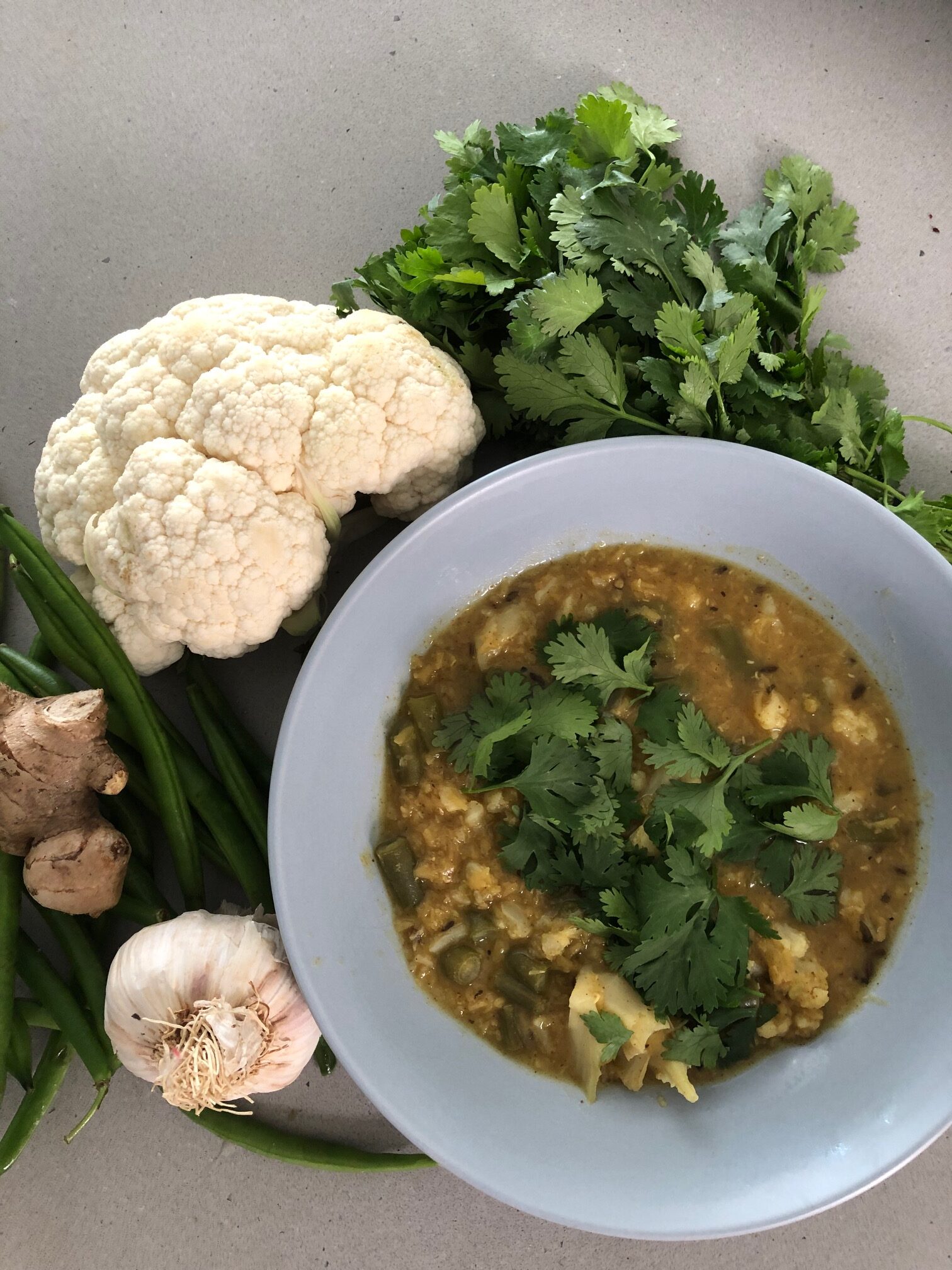by Dr Naoki Ota
At Eastern Therapies, one of the primary concerns we address is pain management, and acupuncture stands as a cornerstone of our approach. But what exactly is the mechanism behind acupuncture’s ability to alleviate pain? Delving into this ancient practice reveals a fascinating interplay between the body’s nervous system, hormonal responses, and intricate pathways of pain perception. In this article, we’ll explore the multifaceted ways in which acupuncture offers relief from pain, shedding light on its effectiveness and providing insight into its application as a therapeutic modality.
1. Balancing the Nervous System for Pain Relief: Acupuncture’s ability to balance the nervous system plays a crucial role in pain management. By targeting specific acupuncture points, practitioners aim to regulate the transmission of pain signals along the nervous system. This modulation may help to alleviate both acute and chronic pain by promoting a state of equilibrium within the body.
2. Hormone Production and Pain Reduction: Acupuncture has been shown to stimulate the release of endorphins, the body’s natural painkillers. These endorphins not only help to reduce pain sensation but also induce feelings of relaxation and well-being. Additionally, acupuncture may influence the production of other hormones and neurotransmitters involved in pain modulation, such as serotonin and dopamine. By promoting the release of these chemicals, acupuncture contributes to pain relief and may enhance the body’s ability to cope with pain.
3. Stimulating Different Nerves to Alleviate Pain: Acupuncture works by stimulating different nerves and pathways in the body, which can help to disrupt the transmission of pain signals to the brain. This stimulation activates the body’s natural pain-suppressing mechanisms, including the “gate control theory” and the “diffuse noxious inhibitory control (DNIC) pathway.” By engaging these mechanisms, acupuncture effectively reduces pain perception and provides relief for various types of pain, including musculoskeletal pain, neuropathic pain, and visceral pain.
4. Releasing muscle tension, a common contributor to pain. By strategically inserting needles into tight muscles and connective tissue, acupuncture stimulates relaxation and releases tightness. This, in turn, reduces pressure on nerves and improves blood flow to affected areas, providing relief from pain and discomfort. The release of tension in muscles plays a crucial role in restoring balance to the body and alleviating pain symptoms.




